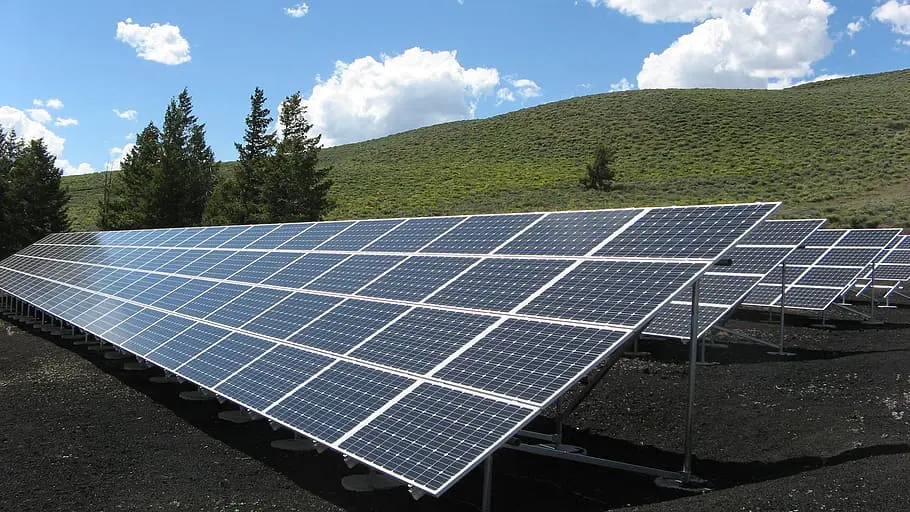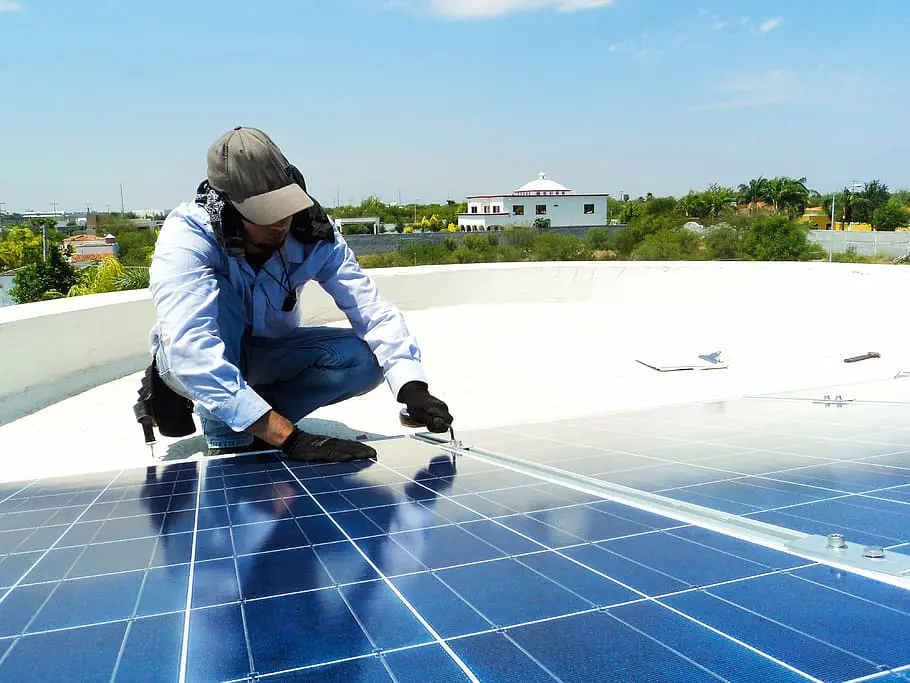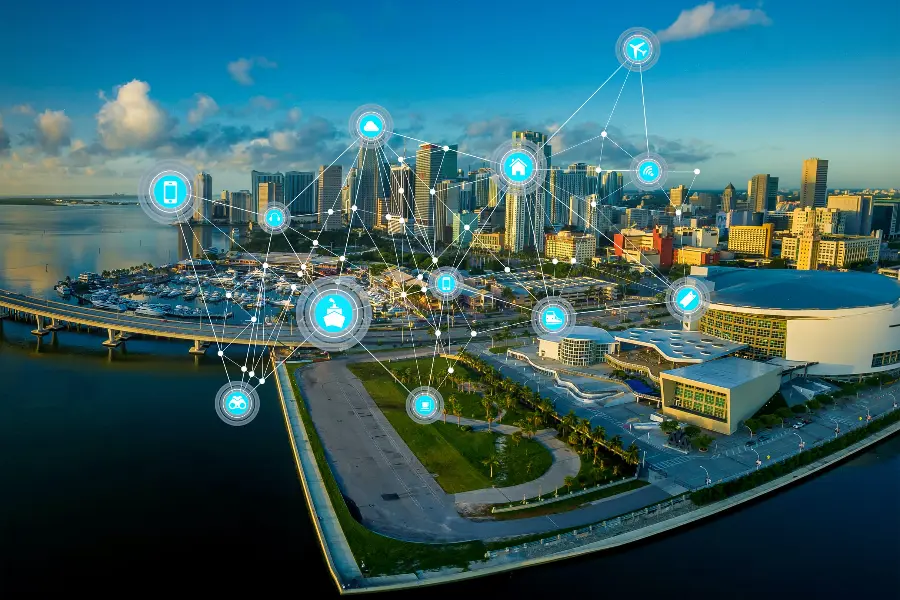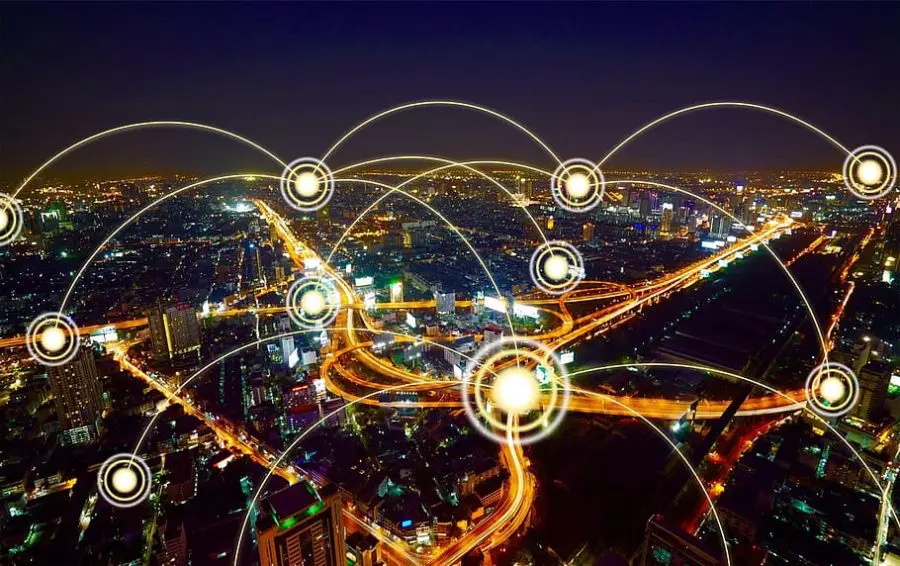
Dive into “the significance of smart grids in clean energy” and discover how they’re reshaping our sustainable future. Join the conversation!
The significance of smart grids in clean energy is that they optimize energy use, reduce wastage, and seamlessly integrate renewable sources. This ensures a more resilient, efficient, and sustainable energy system for the future.
The Significance of Smart Grids in Clean Energy
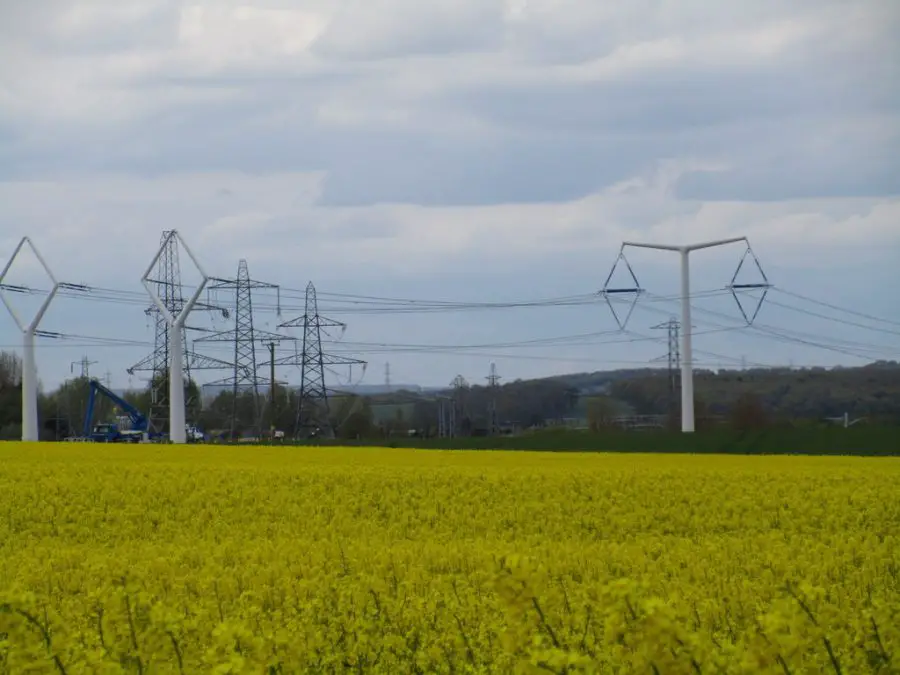
Ever wondered about “the significance of smart grids in clean energy”? Well, it’s like swapping out an old tape deck for the latest music streaming service.
Smart grids are the modern tune of the energy world, harmonizing with clean energy to create a sustainable symphony for our planet.
In recent years, the energy sector has witnessed revolutionary changes, with smart grids emerging as a game-changer.
These grids, unlike traditional electricity grids, leverage digital technology to ensure efficient energy consumption and integration of renewable sources.
Let’s delve into the significance of smart grids in promoting clean energy.
Historical Context
The journey from traditional power grids to smart grids is a testament to the evolution of power systems.
Understanding this transition is crucial to appreciate the role of smart grids in the energy industry.
What is a smart grid?
Ever found yourself scratching your head, pondering over the term “smart grid”? It’s not just a buzzword in the global smart grid innovation scene.
Think of it as the brainy sibling in the electricity family, designed to support the energy transition and make our power systems more efficient and sustainable.
A smart grid is an electrical grid which includes a variety of operation and energy measures including:
• Advanced metering infrastructure (of which smart meters are a generic name for any utility side device even if it is more capable e.g. a fiber optic router)
• Smart distribution boards and circuit breakers integrated with home control and demand response (behind the meter from a utility perspective)
• Load control switches and smart appliances, often financed by efficiency gains on municipal programs (e.g. PACE financing)
• Renewable energy resources, including the capacity to charge parked (electric vehicle) batteries or larger arrays of batteries recycled from these, or other energy storage.
• Energy efficient resources
• Electric surplus distribution by power lines and auto-smart switch
• Sufficient utility grade fiber broadband to connect and monitor the above, with wireless as a backup. Sufficient spare if “dark” capacity to ensure failover, often leased for revenue. https://en.wikipedia.org/wiki/Smart_grid
How do smart grids work?

Diving into the mechanics of smart grids can feel like opening up a high-tech watch to see its intricate gears.
At their core, smart grids are all about increased network efficiency, ensuring that power flows smoothly, responsively, and intelligently.
But how exactly do they achieve this? Well, smart grids utilize digital technology to monitor and manage electricity flow from various sources, including renewable ones.
They employ two-way communication between the power source and the consumer, allowing for real-time adjustments based on demand.
This dynamic system not only reduces wastage but also ensures a more stable and reliable electricity supply, even when integrating diverse energy sources.
It’s like having a symphony conductor ensuring every instrument (or power source) plays in harmony, creating a seamless energy experience.
Investment Spending on Electricity Transmission and Distribution:
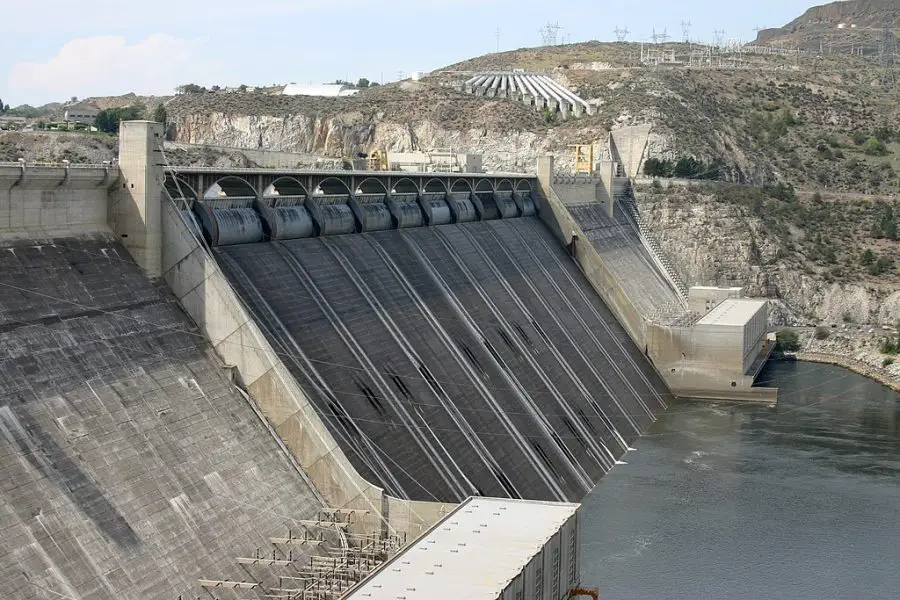
When it comes to powering our world, it’s not just about generating electricity; it’s also about getting it to where it’s needed.
Investment spending on electricity grids is like pouring funds into the highways of the energy world.
With global conformity assessment and conformity assessment systems in place, these investments ensure that our grids are up-to-date, efficient, and ready to handle the challenges of the future.
The Smart Grid
Maybe you have heard of the Smart Grid on the news or from your energy provider. But not everyone knows what the grid is, let alone the Smart Grid. “The grid,” refers to the electric grid, a network of transmission lines, substations, transformers and more that deliver electricity from the power plant to your home or business. https://www.smartgrid.gov/the_smart_grid/smart_grid.html
Evolution of the Power Grid:
Traditional grids, which have been around for decades, primarily focused on one-way communication.
Power plants generated electricity, which was then transmitted via transmission lines to homes and businesses.
There was no real-time feedback, making it challenging to manage energy consumption.
Transition to Smart Grids:
With the rise of renewable sources like wind power and solar power and the increasing need for real-time data, the transition to smart grids became inevitable.
These grids, equipped with smart meters, allow two-way communication, enabling utility companies to manage energy demand more efficiently.
Benefits of Smart Grids in Green Energy
Smart grids play an important role in the energy transition towards greener alternatives.
Their benefits extend beyond just energy efficiency, touching upon environmental impact and consumer empowerment.
Efficient Energy Distribution:
Smart grids use real-time data to distribute electricity based on demand, reducing power outages and ensuring that energy resources are used optimally.
Integration of Renewable Energy Sources:
With the rise of solar farms and wind power, integrating these renewable sources into the electrical grid has become crucial.
Smart grids facilitate this integration, ensuring that excess energy from these sources is stored or distributed efficiently.
Reduced Environmental Impact:
By promoting energy efficiency and reducing the reliance on fossil fuels, smart grids play a pivotal role in reducing greenhouse gas emissions, and combating climate change.
How Smart Grids Promote Clean Energy

Beyond their immediate benefits, smart grids are the backbone of the clean energy movement, promoting energy efficiency and reducing the carbon footprint of the energy sector.
Demand Response and Energy Efficiency:
Smart meters, a component of smart grid technologies, provide real-time feedback on energy consumption.
This allows grid operators and consumers to adjust their energy usage, leading to increased energy efficiency.
Optimized Power Generation and Distribution:
Smart grids ensure that power generation from renewable sources, like solar panels, is optimized.
They also reduce power outages by managing the electricity supply based on real-time demand.
Grid Resilience and Reliability:
Extreme weather events and natural disasters can disrupt traditional grids.
Smart grids, with their two-way communication and smart devices, can quickly adapt and restore power, ensuring grid resilience.
Challenges and Solutions
While smart grids offer numerous benefits, they also come with challenges.
From security concerns to infrastructure needs, understanding these challenges is key to harnessing the full potential of smart grids.
Security Concerns and Measures:
The integration of the Internet of Things (IoT) and smart devices into the electricity network poses security risks.
Utility companies and the Department of Energy are working on measures to ensure the safety of these grids.
Infrastructure and Investment Needs:
Transitioning to smart grids requires significant investment in new technologies and infrastructure.
This is a challenge, especially in regions where the energy industry is still reliant on traditional power systems.
Regulatory and Policy Challenges:
As smart grid technology evolves, so does the need for updated regulations.
The United States, among other countries, is working on policies to promote the adoption of smart grids while ensuring consumer protection.
Case Studies: Successful Implementation of Smart Grids
Real-world examples provide a clearer picture of the impact of smart grids.
From cities to countries, many have successfully harnessed the power of smart grid technology to promote clean energy.
Case Study 1: Chattanooga, Tennessee
Chattanooga’s Electric Power Board (EPB) implemented a smart grid that not only improved power outage response times but also laid the foundation for the city’s ultra-fast broadband network.
The introduction of smart meters led to a 20% reduction in energy consumption.
The city also saw fewer power outages, thanks to the real-time monitoring of the electric grid.
Case Study 2: Siemens
Siemens has been at the forefront of smart grid technology, offering solutions that integrate renewable energy sources, optimize power distribution, and enhance grid reliability.
As an energy company, it integrated solar power and wind power into its electricity generation process using smart grid technologies.
This not only reduced their environmental impact but also increased their energy efficiency.
Case Study 3: Denmark
Denmark has been a pioneer in integrating renewable energy into its power grid. The country’s smart grid initiatives support its ambitious goal to be fossil fuel-free by 2050.
They invested heavily in smart grid technology, leading to a nationwide reduction in energy consumption.
The country also saw a significant decrease in greenhouse gas emissions, thanks to the integration of renewable energy sources.
Conclusion

The journey from traditional grids to smart grids is not just a technological transition but a leap toward a sustainable future.
Summary of Smart Grids’ Role in Clean Energy:
Smart grids, with their emphasis on energy efficiency and integration of renewable sources, are at the forefront of the clean energy movement.
Future Potential and Importance:
As the world grapples with climate change and the need to reduce our carbon footprint, smart grids will play an even more crucial role in shaping the energy landscape.
FAQs:
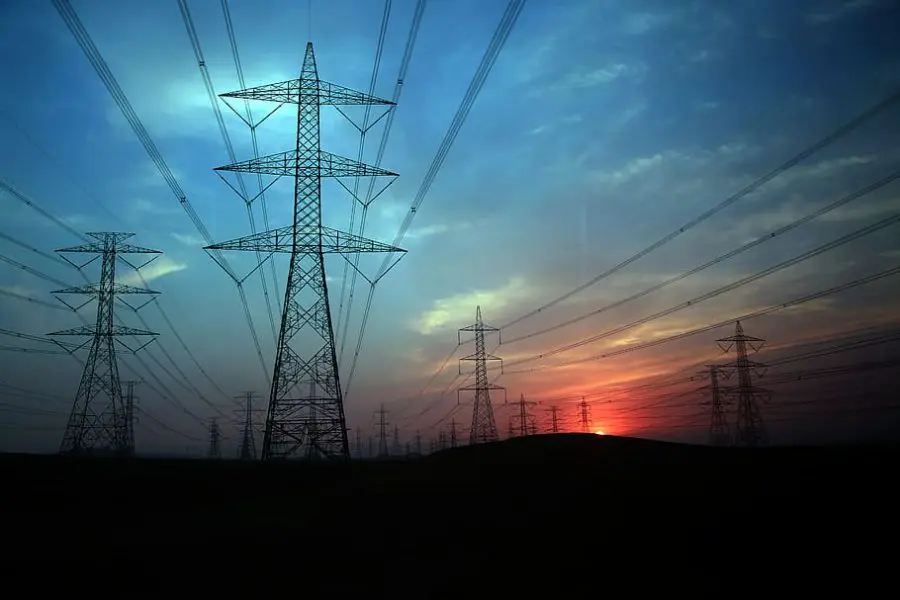
Navigating the world of smart grids can sometimes feel like trying to learn a new language. But don’t worry, we’ve got you covered!
Here’s a handy list of frequently asked questions to clear up those burning curiosities and help you become fluent in the lingo of the future of energy.
Q: What’s the difference between smart grids and traditional electricity grids?
A: Traditional grids focus on one-way communication from power plants to consumers, while smart grids use two-way communication, allowing for real-time monitoring and management of energy consumption.
Q: How do smart meters contribute to energy efficiency?
A: Smart meters provide real-time data on energy consumption, allowing consumers and utility companies to adjust usage, leading to increased energy efficiency.
Q: Are smart grids safe from cyber threats?
A: While the integration of IoT poses security challenges, utility companies and regulatory bodies are working on measures to ensure the safety of smart grids.
Q: How do smart grids help in reducing greenhouse gas emissions?
A: By promoting energy efficiency and facilitating the integration of renewable energy sources, smart grids reduce the reliance on fossil fuels, leading to a decrease in greenhouse gas emissions.

